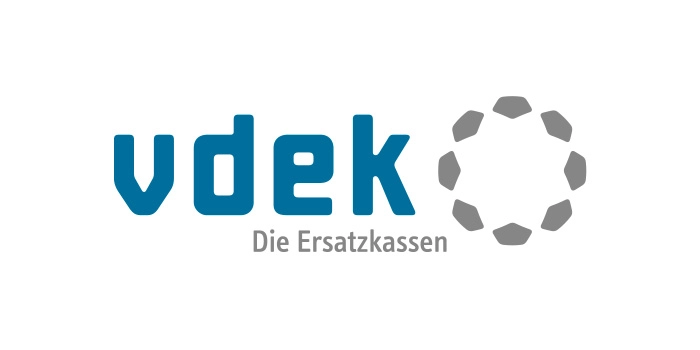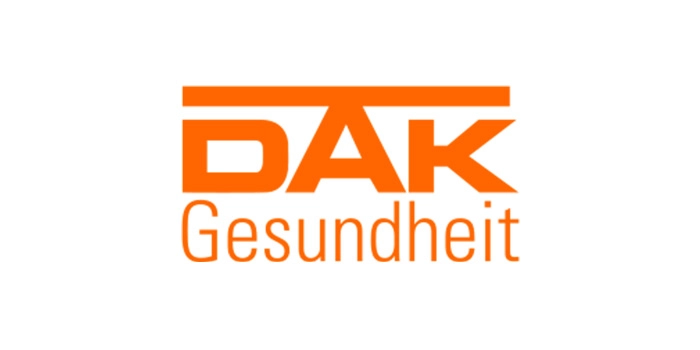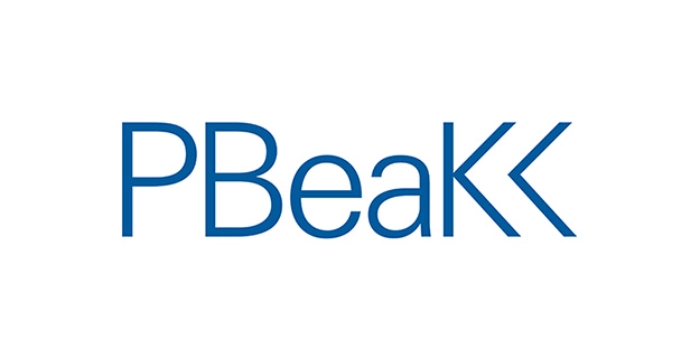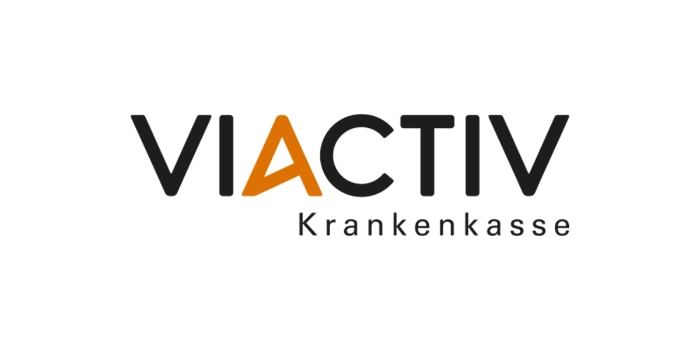
Data Catalog Market Chaos, Solved: A Capability-Based Guide
Oriented guide for clarity in the metadata jungle
As enterprises scale their data estates, they face an overwhelming challenge: understanding what data exists, where it resides, and whether it can be trusted. In response, a variety of solutions branded as Data Catalogs have emerged.
If you’ve ever tried to choose or understand a Data Catalog, you know the feeling, you’re drowning in buzzwords. From Agentic Data Intelligence Platform to Active Metadata Platform, from Modern Data Catalog to Data Management Solution, every vendor seems to invent new terminology to describe essentially similar capabilities. As a consumer, this makes it incredibly difficult to compare and differentiate between solutions.
That’s why this article aims to make sense of the market, the solutions, and the role of data catalogs. Specifically, I want to answer these questions:
- What constitutes a Data Catalog?
- Why is the Data Catalog market so messy?
- What are the differences among Data Catalog solutions?
The Idea of Data Catalogs
The original function of a Data Catalog was straightforward: to provide a searchable index of datasets and associated metadata within an enterprise. Its purpose was to improve visibility and governance by offering a consolidated inventory of data assets. In this respect, the name Data Catalog makes perfect sense. You ingest metadata from various sources and systems and obtain a unified view of your enterprise data. You can trace data lineage, understand how data is transformed, and identify potential sources of error. You can find the data you are looking for or discover entirely new datasets that can support your day-to-day business but were previously unknown to you.
This single meta-view of your data landscape is the strongest selling point of a Data Catalog and, if implemented and used correctly, can be a major step toward building a data-driven culture and a solid foundation for effective data governance.
As the years progressed, more and more vendors began offering such solutions. Existing providers continuously added new features, and marketing claims evolved significantly.
Vendors’ Positioning and Marketing
As a brief overview, we have compiled 15 marketing claims from different vendors all of whom offer the core functionality of the original Data Catalog (though most now include additional capabilities).
- The Agentic Data Intelligence Platform
- AI-Powered Data Management Platform
- The Active Metadata Platform
- Connect the Dots in Data & AI
- Unified Governance for Data and AI
- Ready-to-use Data Catalog
- The Data Catalog Platform
- Modern Data Catalog & Metadata Platform
- Data Management Platform for Enterprise Data Excellence
- AI Powered Cloud Data Management
- Responsible AI Governance & Compliance Solutions
- Open-Source Metadata Platform
- A Comprehensive Data Cataloging and Governance Solution
- Trusted Data. Brilliant AI Outcomes.
- AI Data, Cybersecurity & Platform Modernization
So, which one is the right choice for you?
In addition, this list is from October 2025, so it is relatively recent and as you can see, AI or AI-powered capabilities have found their way into nearly every claim. These statements would have looked quite different just three years ago. In conversations with several vendors, many admitted that their positioning has evolved over time, influenced not only by technological trends but also by their competitors’ messaging. This constant repositioning contributes to market confusion: products once branded as “Data Catalog Solutions” later became “Governance Solutions” and are now marketed as “Modern Metadata Platforms”.
Analysts Frameworks
Over the past decade, analyst frameworks from Forrester, Gartner, and BARC have alternately emphasized governance, activation, context, and intelligence as the defining characteristics of these data solutions, without completely phasing out the old ones. Today, identical products can be found in different analyses, such as AI governance solutions, data intelligence solutions, data and analytics governance platforms, enterprise data catalogs, or data governance solutions. While this is intended to provide clarity, it can increase confusion and lead to a shift in terminology: older and newer terms exist side by side without any clear hierarchy or continuity.
Let’s clear up the mess
To clear up the mess, we will use a capability-based approach to tell the different solutions apart. It’s more practical to categorize solutions by their core capabilities, which helps separate marketing claims from real-world functionality. We propose a three-tier based on the evolution of maturity: The (original) Data Catalog, The Evolved Data Catalog, and the Data & Analytics Governance Platform."
The (Original) Data Catalog
This first category represents the original function of a Data Catalog: to provide a searchable inventory of data assets. Its primary objective is curation, providing visibility into what data exists and establishing a shared understanding. At this stage, metadata is largely descriptive and static. It's captured through an initial ingestion and maintained through periodic updates or manual curation. Key capabilities are focused entirely on this foundational inventory:
- Structured metadata ingestion from databases, schemas, and other technical sources and documentation of data ownership, purpose, and definitions.
- Basic search and discovery capabilities to locate datasets and attributes.
- A business glossary that promotes consistent terminology across teams.

The Evolved Data Catalog
This second category is the most difficult to distinguish on the market, as it blurs the boundaries between the different solution levels. Instead of focusing just on curation, the Evolved Data Catalog marks the shift from passive documentation to operational metadata management. Here, metadata becomes dynamic automatically captured, continuously updated, and integrated into day-to-day workflows. The focus moves from visibility to usability and governance-in-action.
Key capabilities that expand upon the (original) Data Catalog include:
- Automated metadata harvesting through connectors and API-based integrations.
- Detailed data lineage visualization across systems and pipelines.
- Role-based access controls and collaborative certification of datasets.
- Embedded workflows for annotation, review, and approval.
- AI-assisted suggestions for tagging, classification, and dataset relevance.
The general idea of this Evolved Data Catalog is to activate metadata. It is also the primary source of market confusion. A product in this category is often a Data Catalog that has added some, but not all, of the capabilities listed above. The depth and quality of these new features especially lineage and workflow can vary heavily from one vendor to another.
When implemented successfully, this layer operationalizes trust. By embedding metadata directly into analytical and governance workflows, enterprises break down silos between data producers and consumers. This enables faster data discovery, improved quality assurance, and enhanced self-service analytics. The organization transitions from reactive documentation to proactive stewardship.

The Data & Analytics Governance Platform
This final category represents the most advanced stage of metadata maturity. As we saw in the marketing claims, most vendors now choose the wording of a "platform" or "data management solution." This isn't just a marketing trick; it better reflects this type of solution. At this level, the Data Catalog (as defined in our first category) has been outgrown. It is now incorporated as just one part or feature of a much broader platform. At this level, metadata is continuously analyzed, enriched, and leveraged for predictive insights, automation, and decision support. These platforms are designed to address all kinds of roles in an enterprise, from business leaders to IT.
Key capabilities building on the Evolved Data Catalog include:
- Real-time processing of active metadata streams for anomaly detection and optimization.
- Comprehensive, end-to-end lineage supporting impact analysis and regulatory compliance.
- Machine learning models deriving usage patterns, predictive recommendations, and semantic context.
- Unified observability, quality, and compliance dashboards.
At this platform level, metadata transcends its descriptive role to become an active driver of business value. It enables predictive governance, automated quality control, and faster, data-informed decisions. The organization achieves a state where metadata not only describes the enterprise’s data ecosystem but actively optimizes it.
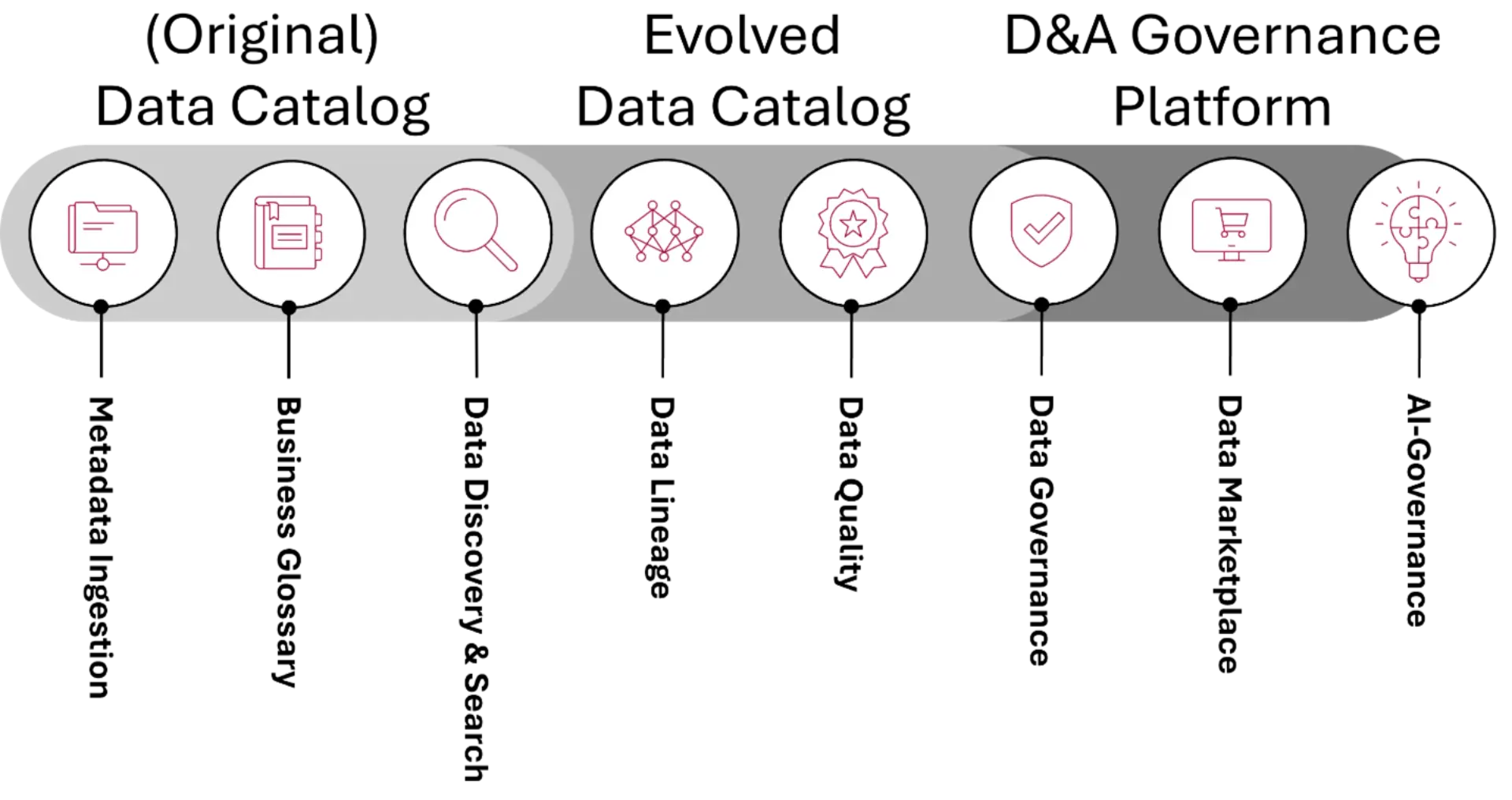
Conclusion: Did we clear up the mess?
Yes and no. Hopefully, you now have a clearer understanding of the Data Catalog market, the historical trends that brought us here, and why the landscape is so confusing. To be clear, the "mess" itself cannot be fully eliminated. The market remains a highly dynamic and fragmented space, characterized by constant acquisitions, mergers, and vendor repositioning. The sheer quantity of solutions, all with different strengths and focus areas, ensures that the marketing buzz will continue.
The three tiers in this article the (original) Data Catalog, the Evolved Catalog, and the Data & Analytics Governance Platform are intended to serve as a practical, capability-focused guide for market evaluation. These tiers help you to move past vendor buzzwords and ask the right questions. By focusing on core functionality and the required level of metadata maturity, organizations can confidently select a solution that meets their current needs and lays a solid foundation for the future of a truly Data-Driven Organization.




